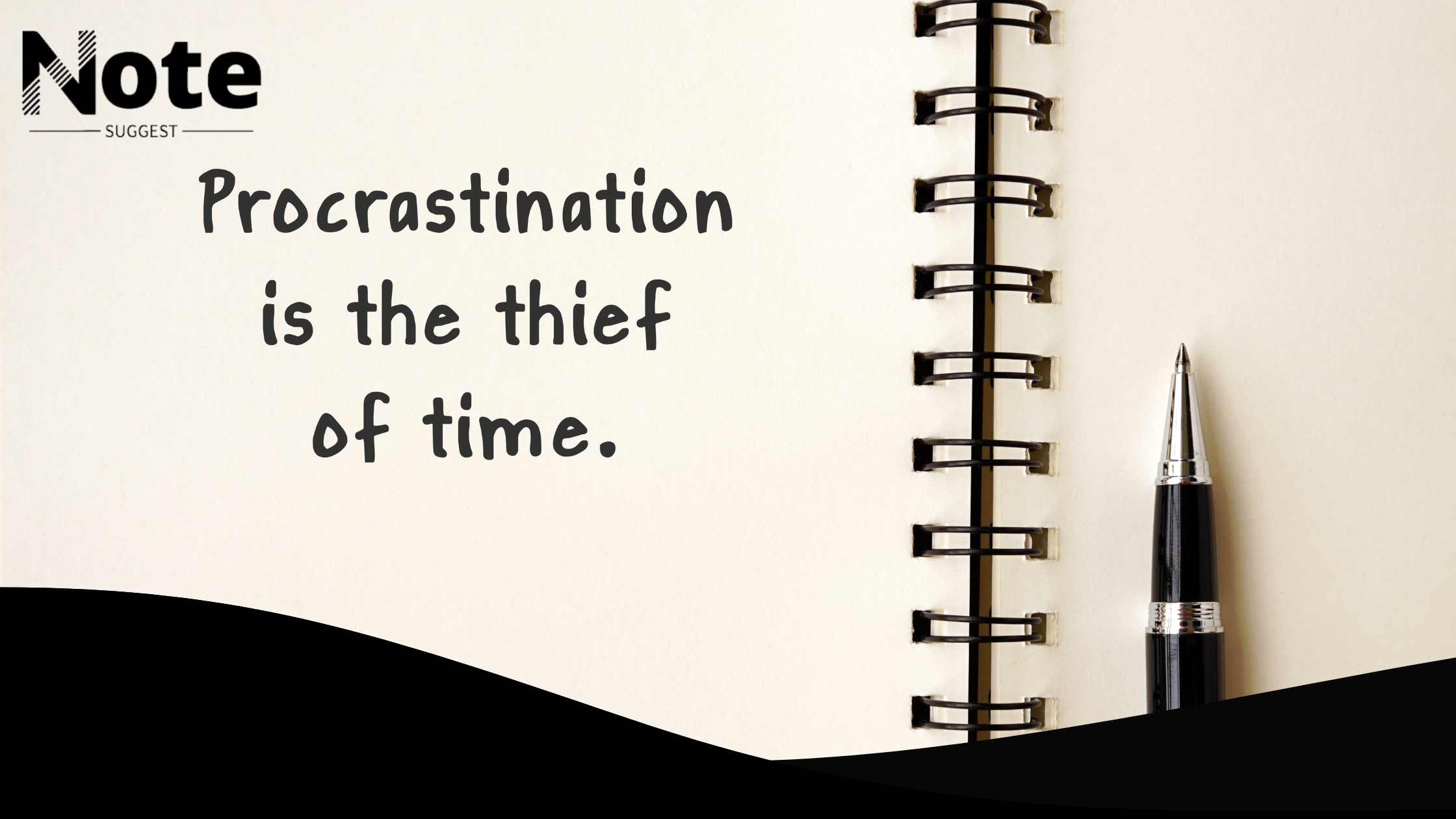
When using quotes in writing, people often say, “this quote shows.” While it works, it can sound dull if used too much. Finding other ways to say the same thing can make your writing more interesting and clear.
Different situations need different words. For example, in a story or poem, you might explain how a quote shows feelings or themes. In a school essay or research paper, you might use a quote to back up your argument. Using the right words for each situation makes your writing better.
This article shares 14 simple ways to replace “this quote shows” with examples for different situations. These tips will help you explain quotes in a clear and interesting way.
Contents
- 1 Is It Professional Way to Say “This Quote Shows”
- 2 14 Alternatives to Say “This Quote Shows”
- 2.1 1. This Quote Demonstrates
- 2.2 2. This Quote Reveals
- 2.3 3. This Quote Underscores
- 2.4 4. This Quote Highlights
- 2.5 5. This Quote Exemplifies
- 2.6 6. This Quote Suggests
- 2.7 7. This Quote Confirms
- 2.8 8. This Quote Reflects
- 2.9 9. This Quote Conveys
- 2.10 10. This Quote Emphasizes
- 2.11 11. This Quote Supports
- 2.12 12. This Quote Captures
- 2.13 13. This Quote Validates
- 2.14 14. This Quote Sheds Light On
- 2.15 Conclusion
- 2.16 FAQS
Is It Professional Way to Say “This Quote Shows”
The phrase “this quote shows” is simple, but it’s not always professional. In formal writing, it can sound repetitive and basic, which might weaken your points.
Using alternatives like “this evidence highlights” or “this statement illustrates” makes your writing clearer and more polished. These phrases show a deeper understanding and fit better in professional or academic contexts.
While “this quote shows” works in casual writing, choosing more precise language can make your ideas stronger and more impactful.
14 Alternatives to Say “This Quote Shows”
- This quote demonstrates
- This quote reveals
- This quote underscores
- This quote highlights
- This quote exemplifies
- This quote suggests
- This quote confirms
- This quote reflects
- This quote conveys
- This quote emphasizes
- This quote supports
- This quote captures
- This quote validates
- This quote sheds light on
>> Related Guide: 25 Other Ways to Say “I Hope You Feel Better” (With Scenarios)
1. This Quote Demonstrates

This phrase is ideal when you want to explain how a quote provides evidence or clarification for an idea. It’s often used in academic or analytical contexts to showcase a direct connection between the quote and the point being made. For example, in a history essay, a quote might demonstrate how an event impacted a nation’s economy.
Scenario: In a discussion about leadership, you might say, “This quote demonstrates the importance of clear communication in inspiring a team,” referencing a statement from a well-known leader.
| Phrase | Use Case | Example |
| This quote demonstrates | Explaining evidence or proof | “This quote demonstrates the impact of innovation on business success.” |
2. This Quote Reveals
Use this phrase when the quote uncovers a hidden or deeper meaning. It’s great for analyzing literature, speeches, or any content where insights need to be drawn from the text.
Scenario: While analyzing a novel, you might write, “This quote reveals the character’s internal struggle with identity,” when discussing a line about self-doubt.
| Phrase | Use Case | Example |
| This quote reveals | Unveiling hidden meanings or emotions | “This quote reveals the underlying tension in the protagonist’s relationships.” |
3. This Quote Underscores
This phrase emphasizes the significance of the point being made. It’s commonly used to draw attention to key ideas or arguments in writing or speech.
Scenario: In a business report, you might state, “This quote underscores the need for sustainable practices in modern industries,” referring to a statement from a CEO.
| Phrase | Use Case | Example |
| This quote underscores | Highlighting importance | “This quote underscores the urgency of climate action.” |
>> Enjoy these helpful notes: I Hope You Are Doing Well
4. This Quote Highlights
This phrase works well when you want to draw focus to a specific detail or aspect of the quote. It’s often used in presentations and analytical writing.
Scenario: During a lecture on teamwork, you might say, “This quote highlights the value of collaboration in achieving success,” using a relevant example from a famous thinker.
| Phrase | Use Case | Example |
| This quote highlights | Bringing attention to a key detail | “This quote highlights the role of empathy in leadership.” |
5. This Quote Exemplifies
Use this phrase to show how a quote serves as a perfect example of a concept or idea. It’s often used in educational and professional contexts.
Scenario: In a lesson on resilience, you might say, “This quote exemplifies the determination required to overcome challenges,” referring to a motivational speaker’s words.
| Phrase | Use Case | Example |
| This quote exemplifies | Providing an example | “This quote exemplifies the power of perseverance.” |
6. This Quote Suggests
This phrase is useful when interpreting implications or subtle meanings. It’s frequently used in literary and rhetorical analysis.
Scenario: While analyzing a political speech, you might say, “This quote suggests a shift in policy focus toward economic growth.”
| Phrase | Use Case | Example |
| This quote suggests | Interpreting implications | “This quote suggests a deeper understanding of cultural diversity.” |
>> Discover more helpful guides: Happy to Discuss Further
7. This Quote Confirms

This phrase is helpful when a quote supports a claim or verifies a statement. It’s commonly used in research or debates.
Scenario: In a discussion about social media’s influence, you might write, “This quote confirms the role of technology in shaping public opinion,” using data from a recent study.
| Phrase | Use Case | Example |
| This quote confirms | Supporting a claim | “This quote confirms the importance of education in economic mobility.” |
8. This Quote Reflects
Use this phrase to show how a quote mirrors an idea, attitude, or trend. It’s often used in reflective or thematic writing.
Scenario: In a cultural analysis, you might state, “This quote reflects the changing attitudes toward gender equality,” referencing a statement from a modern activist.
| Phrase | Use Case | Example |
| This quote reflects | Showing alignment with trends or themes | “This quote reflects the essence of self-expression.” |
9. This Quote Conveys
This phrase is ideal when discussing how a quote communicates a specific feeling, idea, or message. It’s often used in creative writing and speeches.
Scenario: In a poetry analysis, you might write, “This quote conveys a sense of longing and hope,” referring to an emotionally charged line.
| Phrase | Use Case | Example |
| This quote conveys | Communicating a message or emotion | “This quote conveys the resilience of the human spirit.” |
>> Explore these practical ideas: Happy Tuesday
10. This Quote Emphasizes
Use this phrase to stress the importance of an idea presented in the quote. It’s commonly used in persuasive writing or speeches.
Scenario: In an environmental essay, you might say, “This quote emphasizes the urgent need to protect natural resources,” using a relevant expert’s statement.
| Phrase | Use Case | Example |
| This quote emphasizes | Stressing importance | “This quote emphasizes the value of lifelong learning.” |
11. This Quote Supports
This phrase works well when showing how a quote backs up an argument or reinforces a point. It’s commonly used in academic and persuasive writing.
Scenario: In a debate on education reform, you might say, “This quote supports the idea that smaller class sizes improve learning outcomes,” citing a study.
| Phrase | Use Case | Example |
| This quote supports | Reinforcing a claim or argument | “This quote supports the benefits of universal healthcare.” |
12. This Quote Captures
Use this phrase to show how a quote perfectly encapsulates an idea, emotion, or moment. It’s effective in both creative and analytical contexts.
Scenario: In an essay about love in literature, you might write, “This quote captures the bittersweet nature of unrequited love,” referencing a poignant line from a novel.
| Phrase | Use Case | Example |
| This quote captures | Encapsulating an idea or emotion | “This quote captures the essence of human connection.” |
>> Find these informative notes: I Am Writing to Inform You
13. This Quote Validates
This phrase is useful when a quote confirms the truth or accuracy of an idea. It’s often used in research or analytical writing.
Scenario: In a scientific paper, you might say, “This quote validates the hypothesis that renewable energy reduces carbon emissions,” referring to expert data.
| Phrase | Use Case | Example |
| This quote validates | Confirming accuracy or truth | “This quote validates the effectiveness of mindfulness in reducing stress.” |
14. This Quote Sheds Light On

This phrase is ideal for explaining how a quote clarifies or illuminates a topic. It’s commonly used in analytical or explanatory writing.
Scenario: In a discussion about mental health, you might write, “This quote sheds light on the importance of early intervention,” citing a relevant expert’s opinion.
| Phrase | Use Case | Example |
| This quote sheds light on | Clarifying or illuminating a topic | “This quote sheds light on the barriers to gender equality in the workplace.” |
Conclusion
Changing how we introduce quotes can make our writing clearer and more interesting. Instead of always saying “this quote shows,” using alternatives like “this quote demonstrates” or “this quote highlights” helps explain the meaning in a more detailed way. These phrases add variety and help readers understand the point more easily.
Also, picking the right phrase for the situation is important. Whether you are writing for school, work, or creative projects, using the right words makes your writing stronger. By avoiding the overuse of “this quote shows,” you can make your ideas clearer and leave a stronger impact on your readers.
>> Dive into these useful tips: Nice to Hear From You
FAQS
How do I say this quote shows?
Instead of saying “this quote shows,” you can use phrases like:
“This quote demonstrates…”
“This quote highlights…”
“This quote reveals…”
“This quote emphasizes…” These alternatives can make your writing sound more polished and precise.
How do you announce a quote?
To announce a quote, introduce it with a lead-in that sets the context. You can say:
“As [Author] states…”
“According to [Author]…”
“[Author] once said…”
“In the words of [Author]…” This prepares the reader and gives the quote more impact.
How do you show a quote?
To show a quote, make sure it’s clearly connected to your point. You can use phrases like:
“This quote illustrates…”
“This quote reflects…”
“This quote conveys…”
“This quote supports…” These phrases help explain how the quote relates to your argument or analysis.
How do you introduce a quote they say I say?
In the “They Say, I Say” method, you introduce a quote by showing what others have said and then connecting it to your own argument. For example:
“Some believe that [quote], but I argue that…”
“As [Author] points out, [quote], which leads me to suggest…”
If you don’t know the author, you can introduce the quote by focusing on the content instead. For example:
“It is often said that…”
“A well-known saying goes…”
“As the saying goes…”
“According to some sources…”
How to start a presentation with a quote?
To start a presentation with a quote, begin by introducing it in an engaging way. For example:
“To begin, let me share a quote that perfectly captures the essence of our topic…”
“I’d like to start with a quote that highlights the importance of [topic]…”
“As we dive into today’s presentation, consider this quote…” This creates a strong opening and sets the tone for your presentation.

